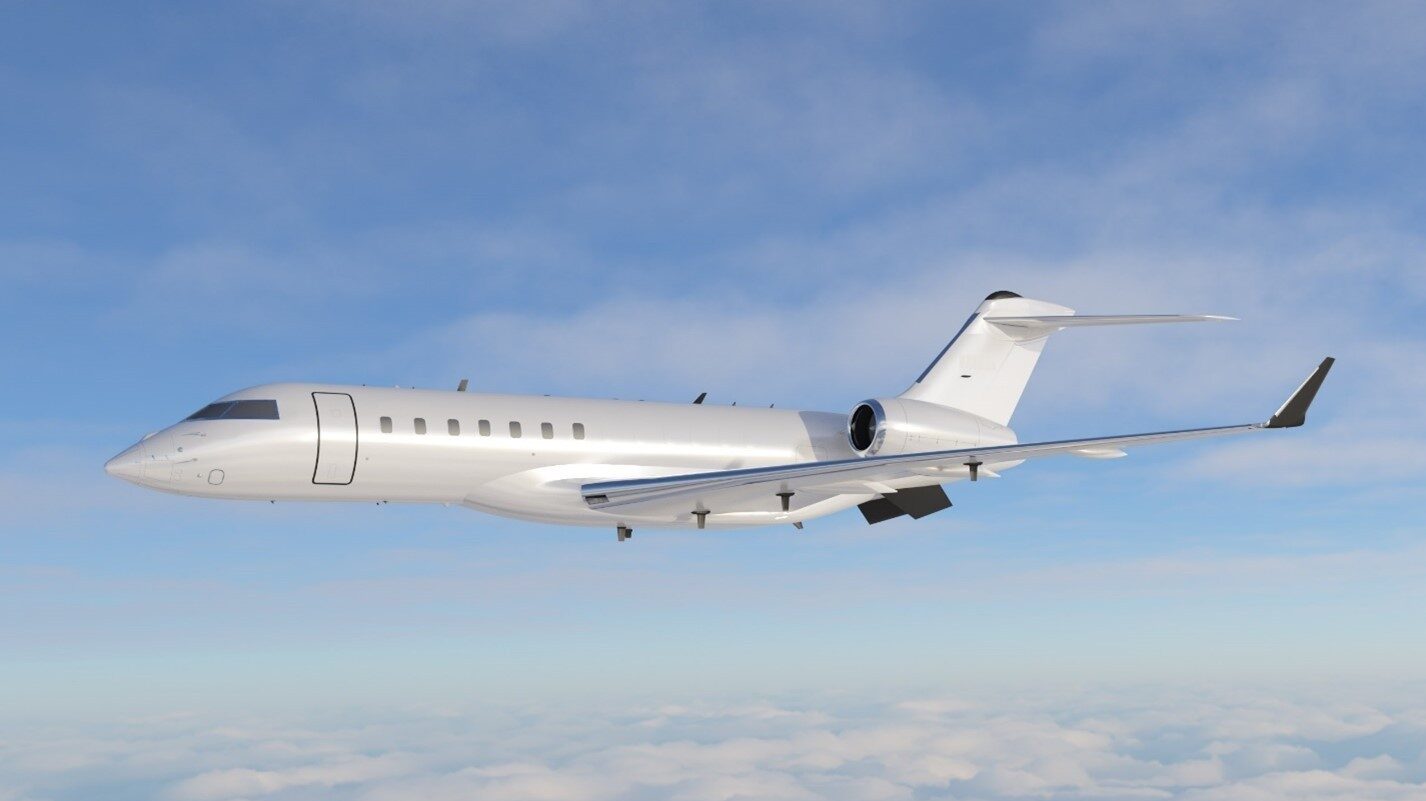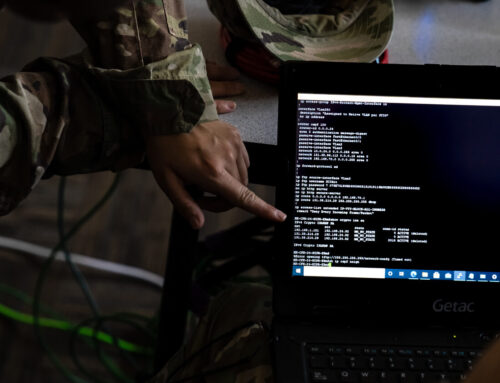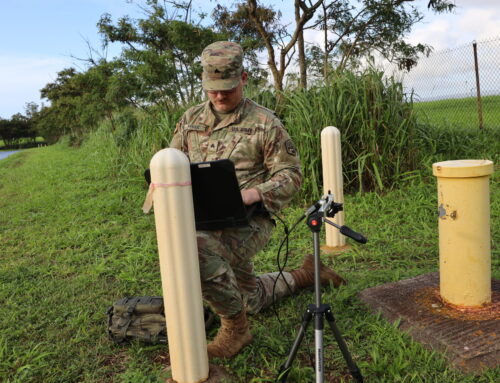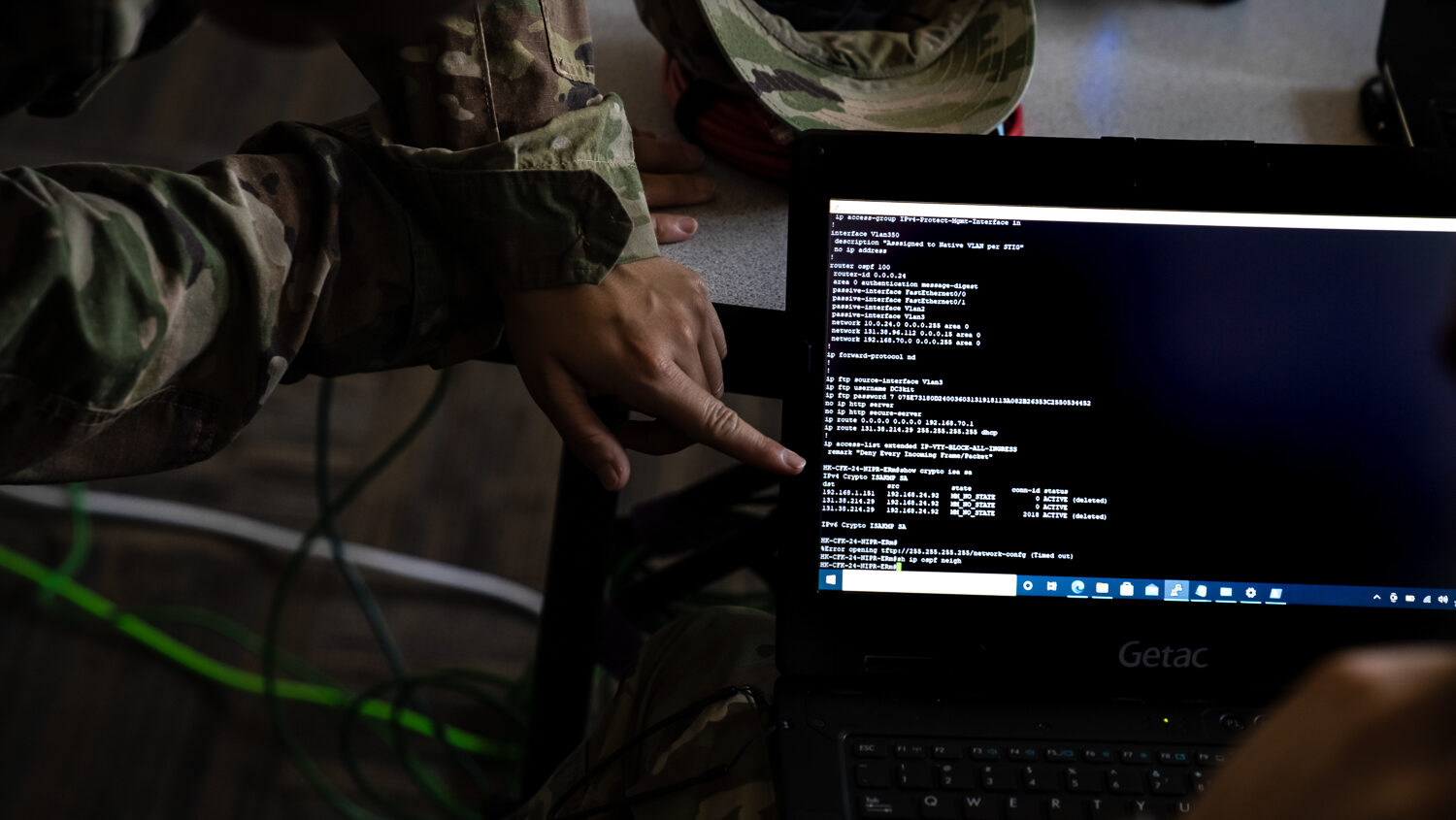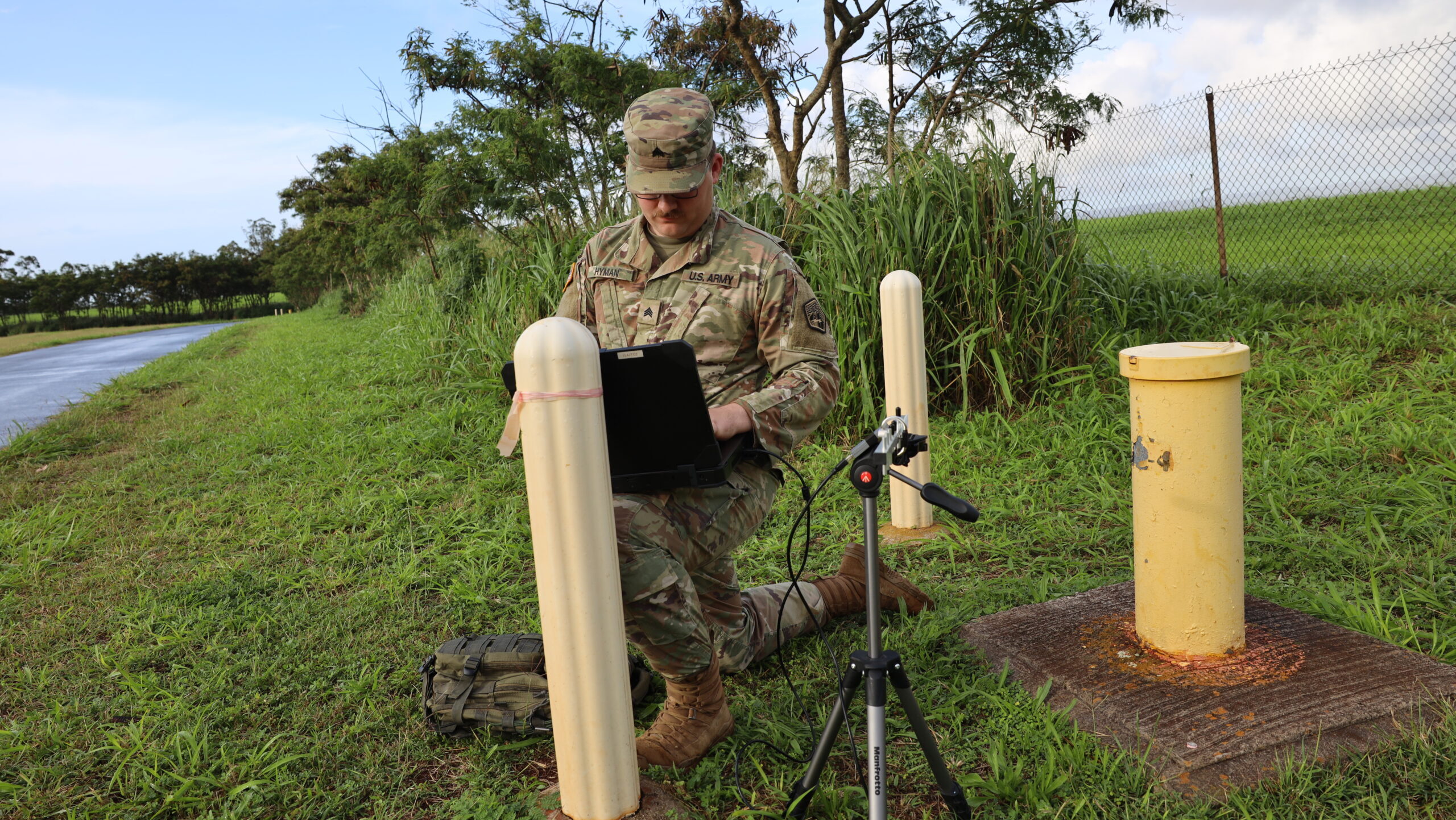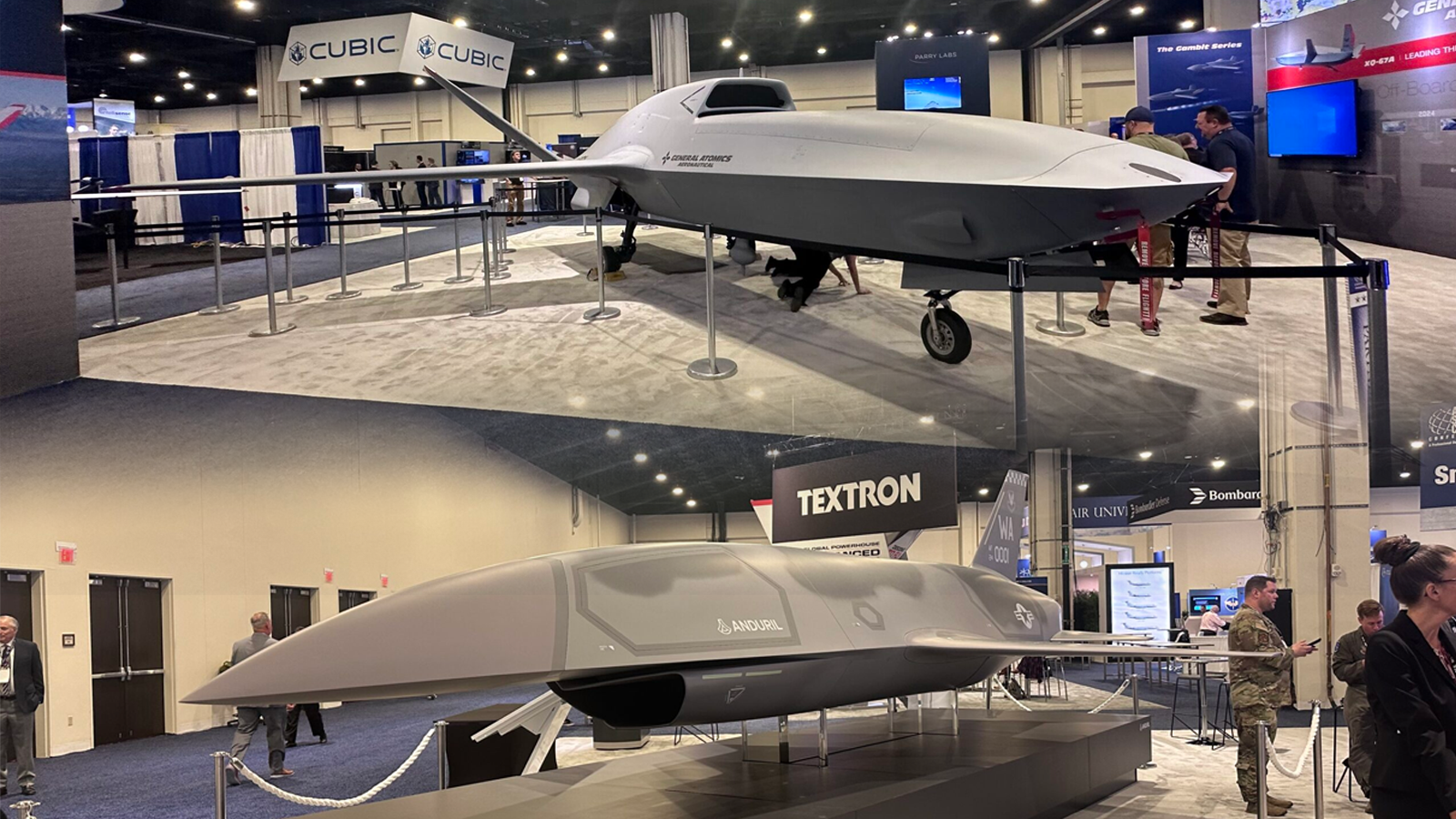A Bombardier Global 6500 aircraft. (Bombardier via US Army)
WASHINGTON — It’s been more than five years since the US Army stood up a formal Intelligence, Surveillance and Reconnaissance Task Force. But over the next year, that name is expected to be stripped away, according to its chief Andrew Evans, and its role transitioned to a permanent directorate under the deputy chief of staff for military intelligence, or G-2.
“The definition of a task force is sort of bound by two things: It’s bound by a very specific mission, and it’s bound by time,” Evans told Breaking Defense at the Association of the US Army conference last week. “But a task force, by its very nature, is not designed to be something that’s enduring in formation.”
“What is enduring is this idea of transformation, you never finish transforming,” he later added. “Once you finish the thing, you move on to the next thing that you need to transform.”
The tentative plan, according to Evans, is to keep a focus on Army intelligence as a warfighting function but “institutionalize” the task force’s lessons learned. That will mean the task force name will likely be scrapped and the service will create a “more permanent, institutionalized” directorate inside that G- 2 shop.
“It’ll do what Army staff elements do best, which is programming, resourcing, policy, governance, guidance [and] congressional engagements,” he explained. “And then the shaping of requirements — which is really what the task force was designed to do [for] those intel specific requirements — we will continue to partner with AFC [Army Futures Command] , as the all-domain sensing CFT [cross-functional team] begins to take on more of that mission.”
How this all shakes out is yet to be seen, along with what new name the director will be given. However, Evans and his task force team members have been shepherding in several high-profile, Greek mythology-themed development and acquisition programs for the service including:
An ISR-as-a-service contract to the Sierra Nevada Corporation for the High Altitude Expeditionary Next ISR-Sensor (Athena-S) centered around two converted Global 6500s;
Another pair of converted Global 6500s by MAG Air and L3Harris under the Athena-Radar initiative;
A Leidos-owned Bombardier Challenger 650, dubbed the Airborne Reconnaissance and Targeting Exploitation Multi-Mission Intelligence System (Artemis): and
The L3 Harris Airborne Reconnaissance and Electronic Warfare System (Ares) that uses a Bombardier Global 6000
Those four initiatives paved the way for High Accuracy Detection and Exploitation System, or HADES, requirements and a recent contract award to the Sierra Nevada Corporation to convert Bombardier’s Global 6500 business jet into an ISR platform to replace a legacy fleet of RC-12 Guardrail turboprop aircraft.
L3Harris recently protested that Army decision, and the service issued a stop work order until the Government Accountability Office weighs in.
“Due process is always that a performer has an option to protest if they believe that there’s reason to do so. … The government’s response is to defer to the Government Accountability Office and let them do their due diligence,” Evans said.
Fixed-wing aircraft aside, the ISR Task Force has also been working on a variety of other requirements including for high-altitude balloons and is eyeing plans for a new one for small high-altitude balloons.
“You’ll see it as mHABs, a micro-high-altitude alloon. Those are smaller and they carry less payload, but they’re more transportable, so they’re a little bit more tactical in nature,” Evans said.


